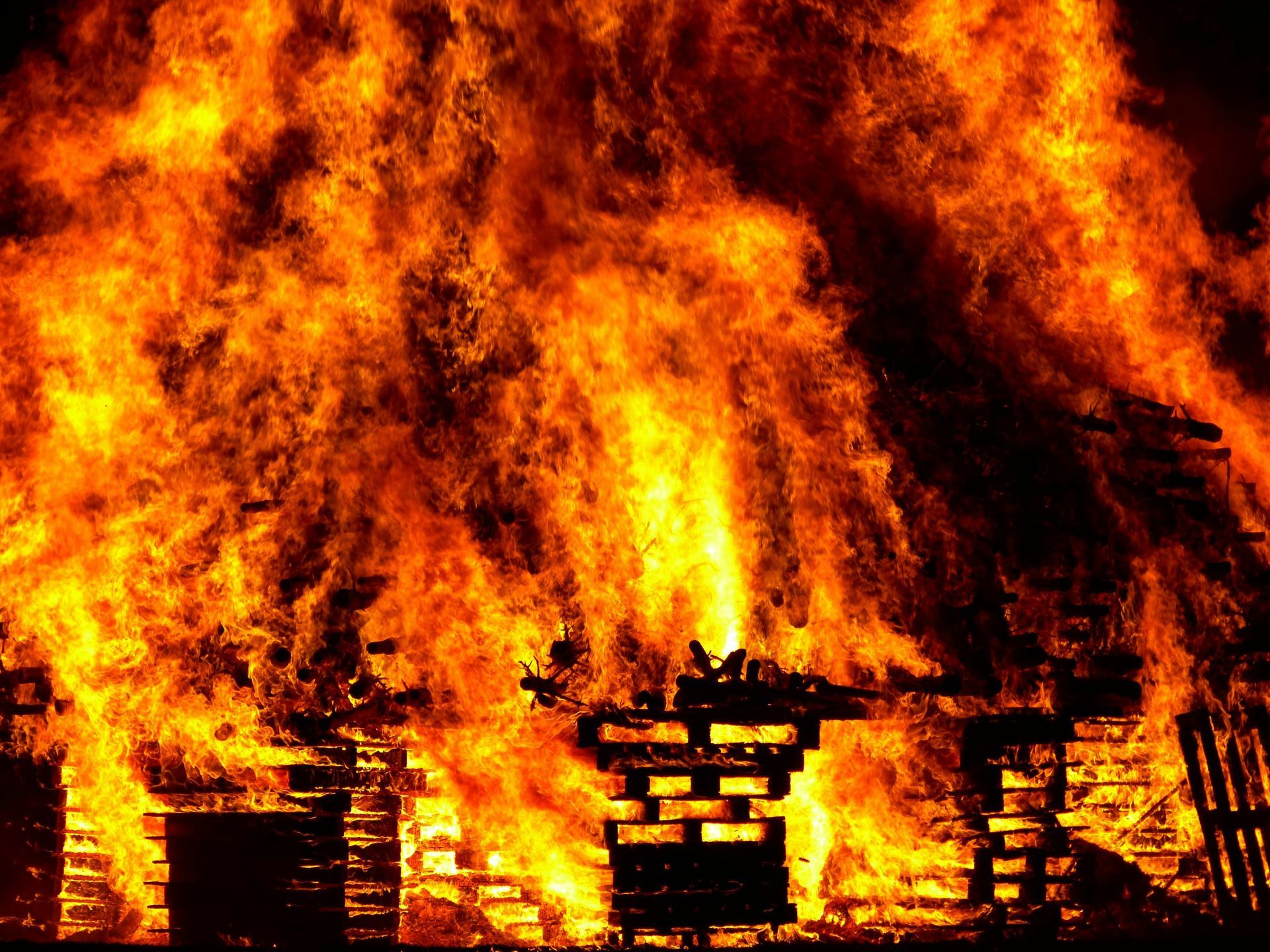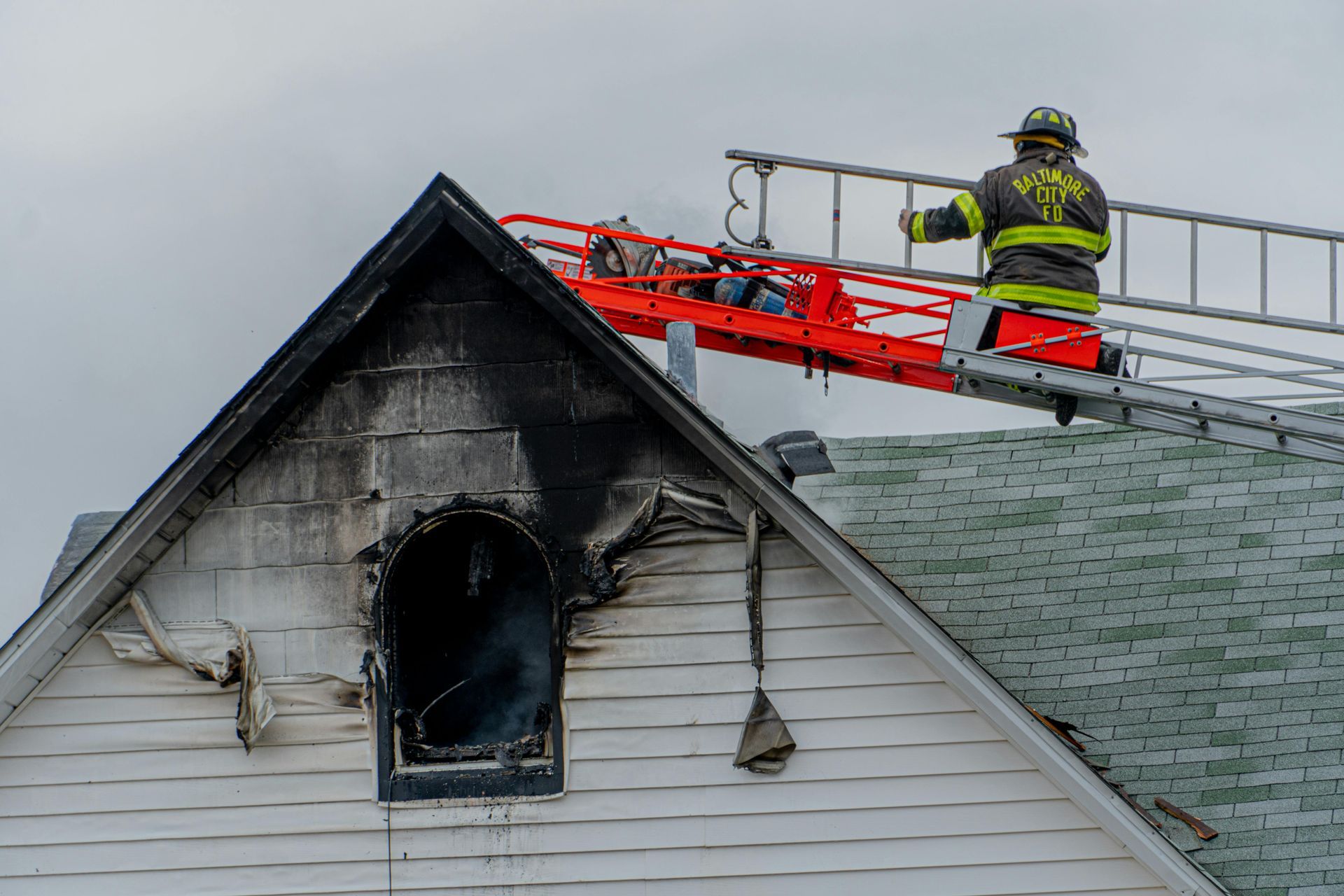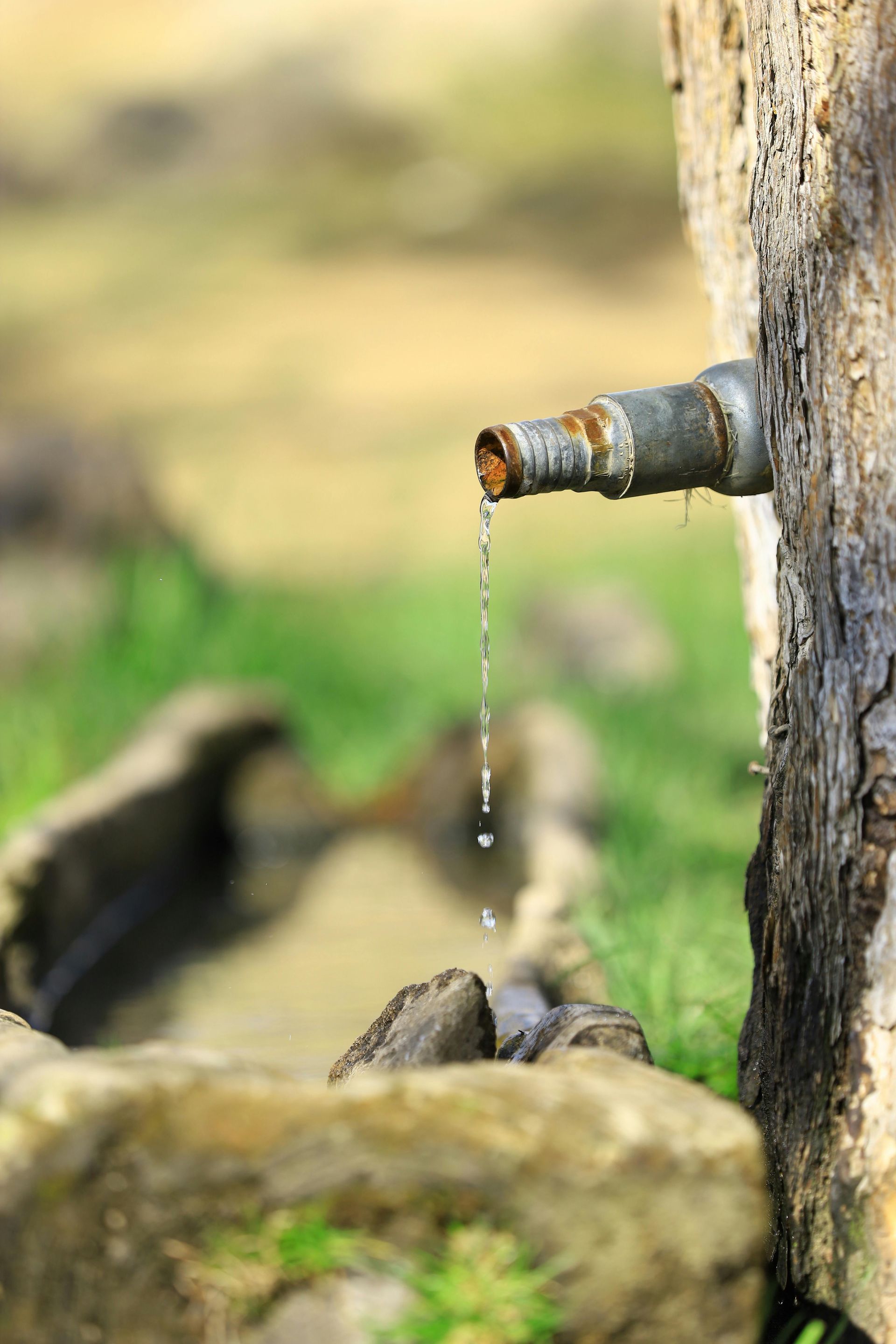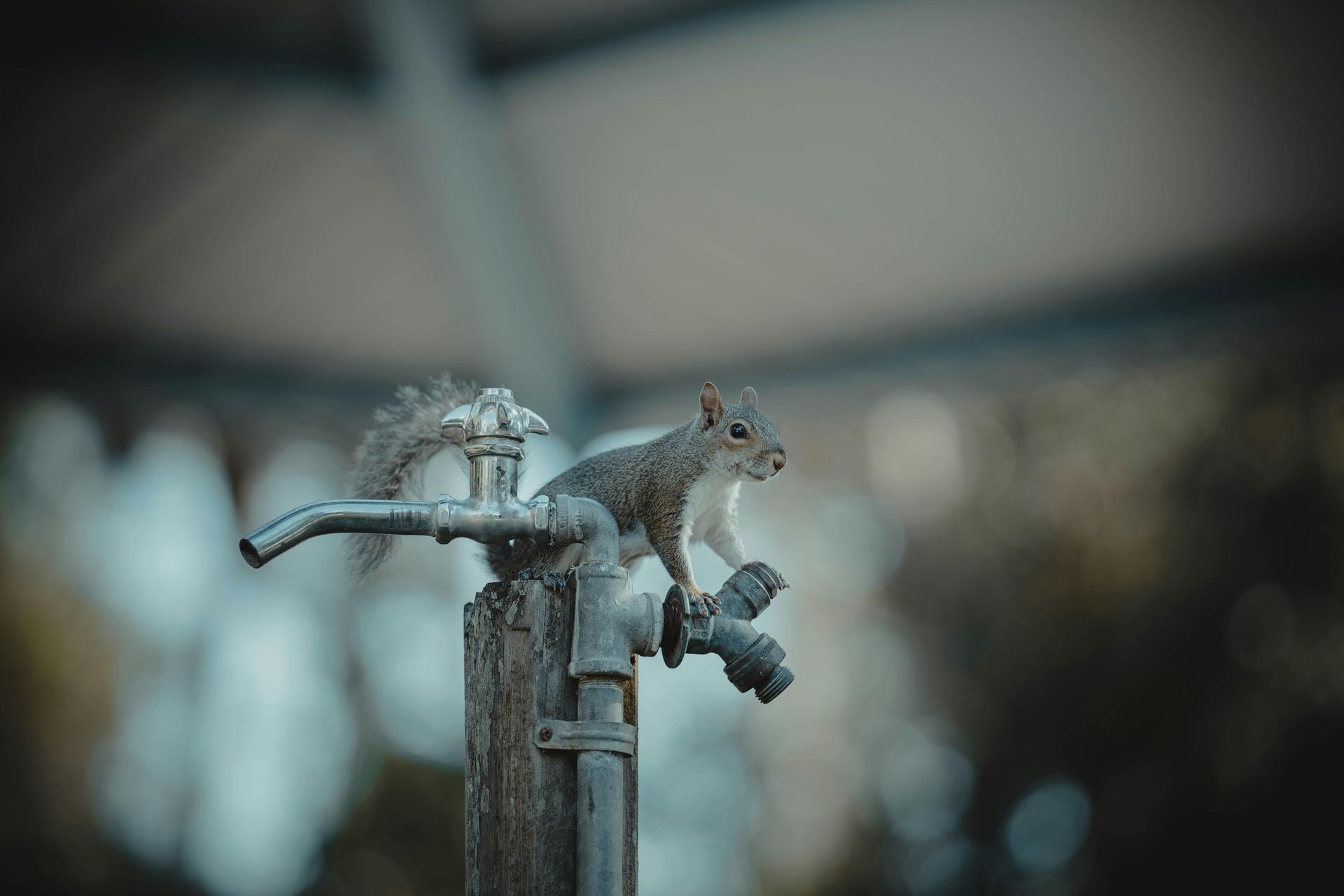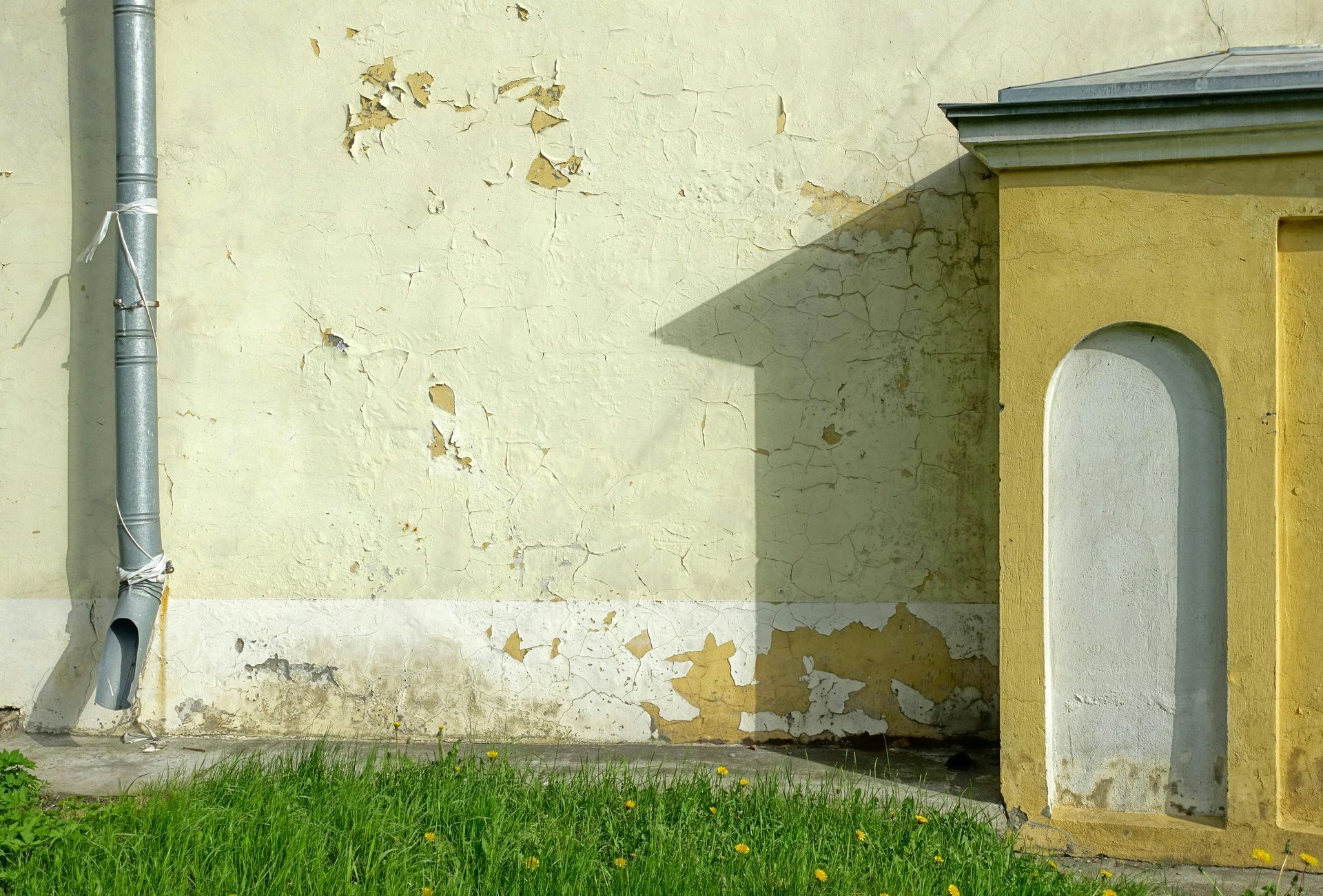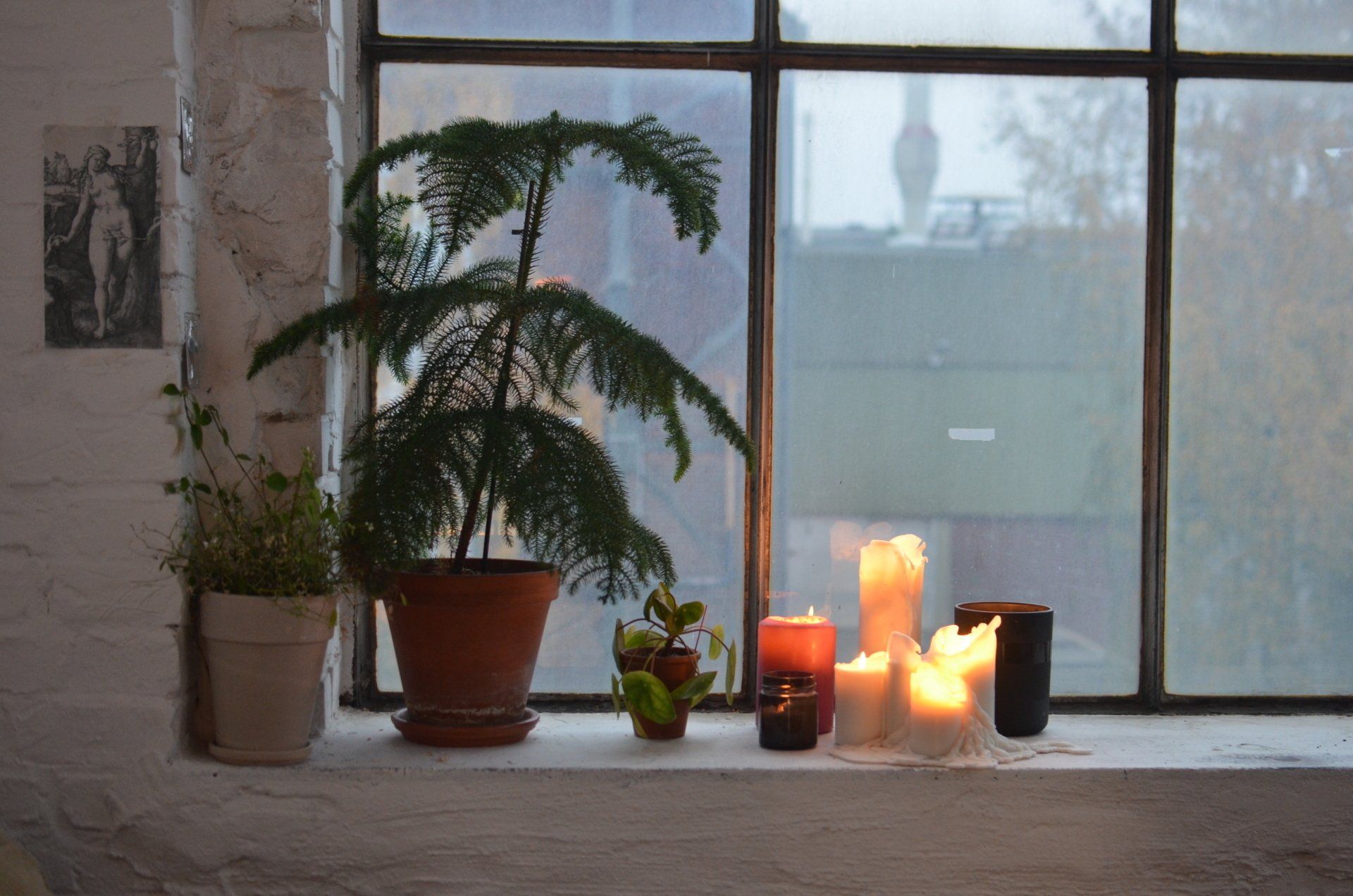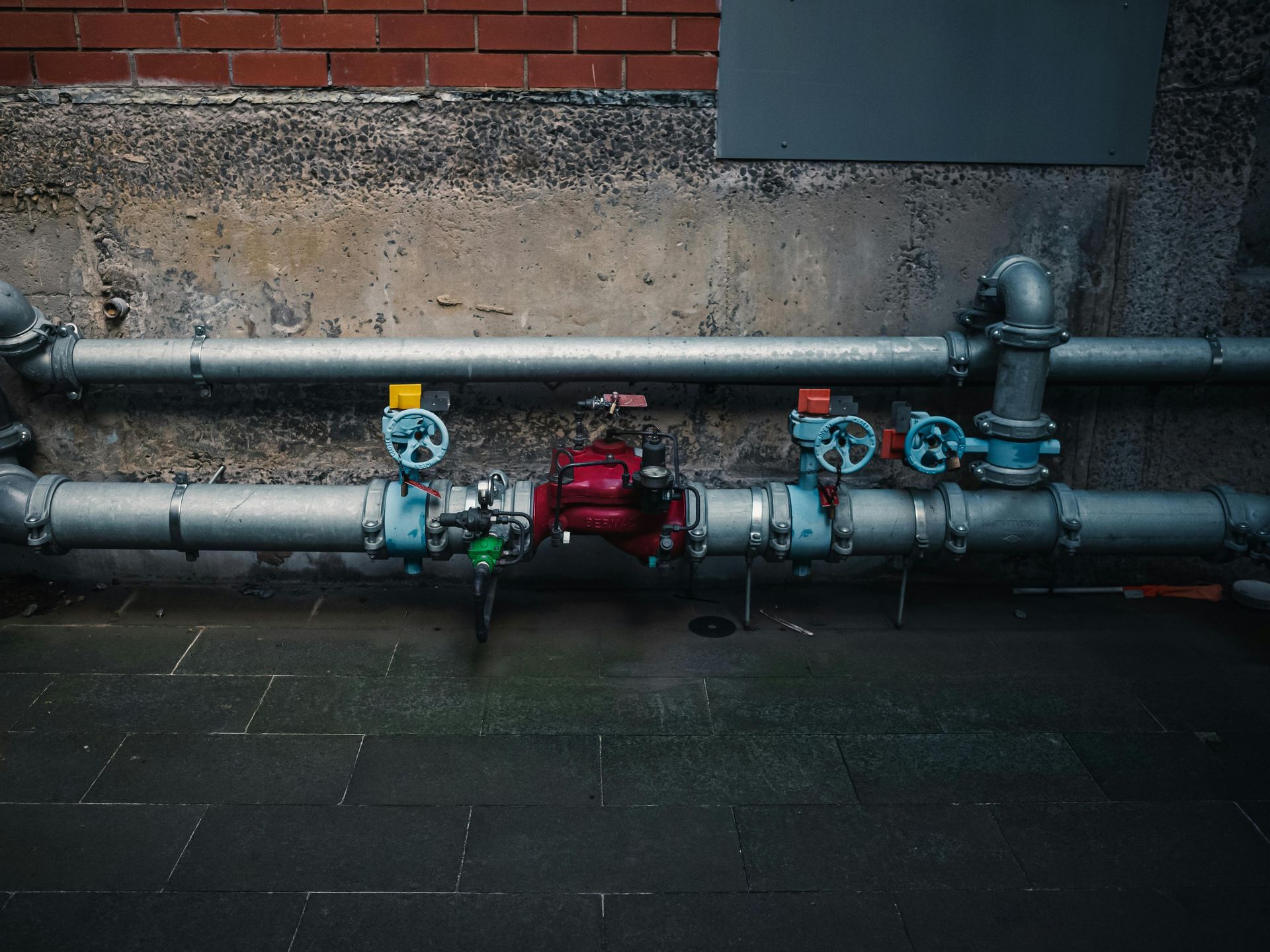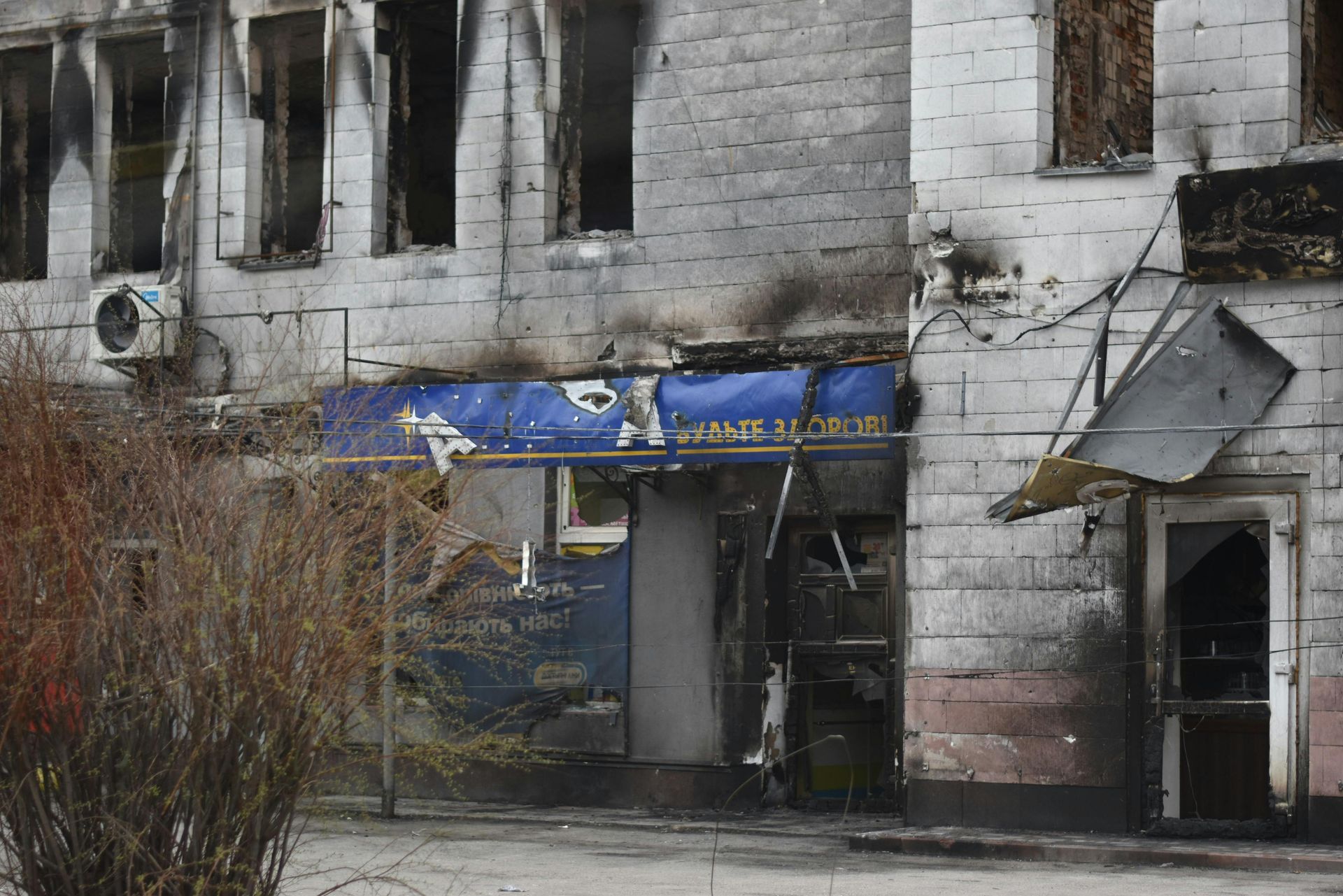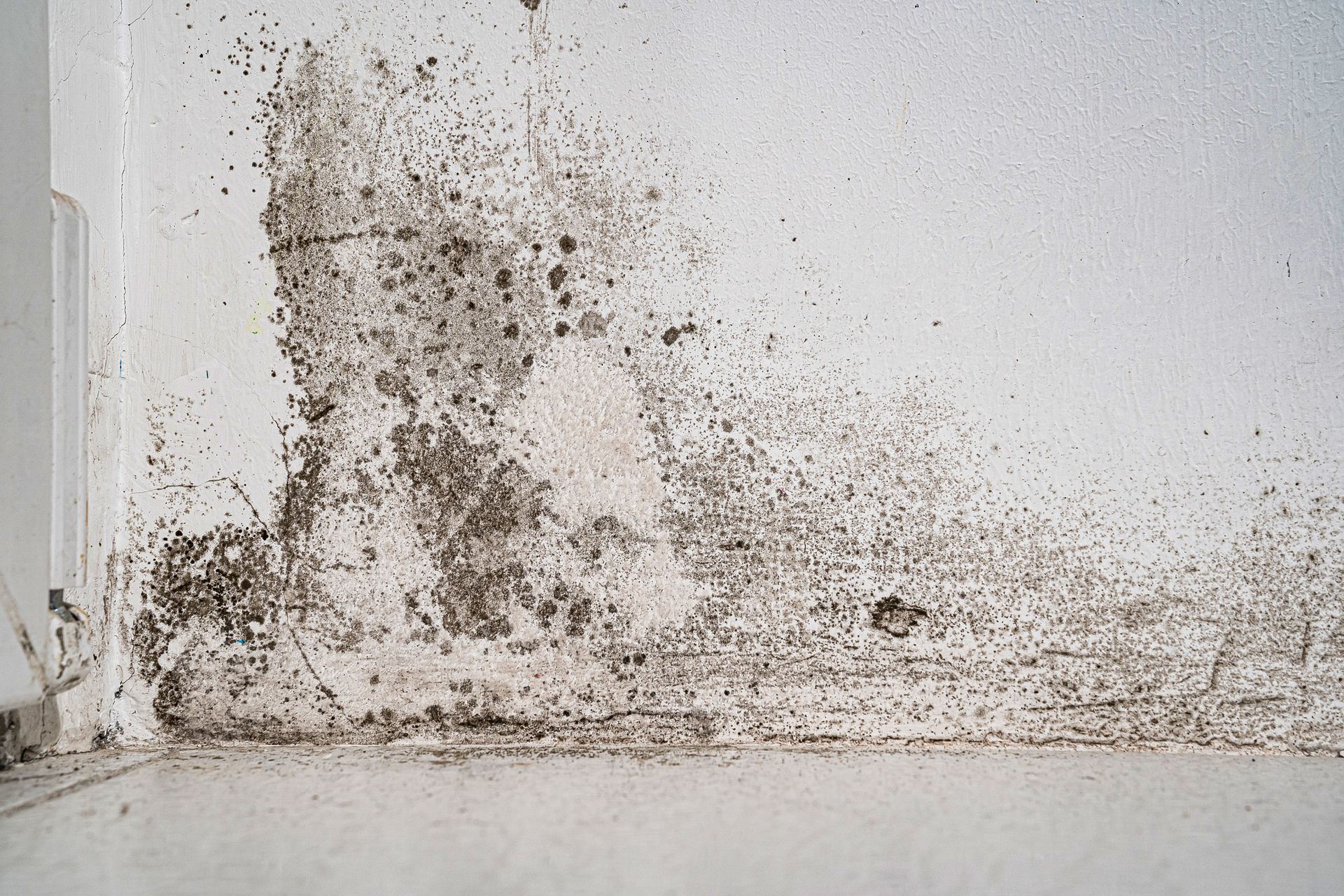Act Fast: Why Prompt Water Damage Cleanup is Crucial for Your Home
Water damage, a homeowner's nightmare, occurs when excess water begins to infiltrate structures, causing immediate and sometimes catastrophic damage to homes and buildings. This can stem from a plethora of sources, including floods, roof leaks, broken pipes, or humidity. The impact is not just on the integrity of the structure but also on the health of its inhabitants, as it creates a breeding ground for mold and mildew. Hence, the importance of quick water damage response cannot be overstated. Acting swiftly not only mitigates the effects of water damage but also helps in preventing secondary issues like mold growth and structural weakening. In the forthcoming sections, we will explore effective strategies for rapid water damage cleanup, the benefits of immediate action, and preventative measures to safeguard your home against potential water-related disasters.
Causes of Water Damage
Understanding the common causes of water damage is pivotal in taking preventative measures and making timely repairs to minimize impact. Below is an analysis of the primary culprits:
- Leaking or Burst Pipes: Often a result of wear and tear, freezing temperatures, or high water pressure, leaking or burst pipes can release a significant amount of water into your home, leading to extensive damage if not addressed promptly.
- Malfunctioning Household Appliances: Appliances like washing machines, dishwashers, and water heaters are frequent sources of water damage. Age-related wear and tear on hoses and fittings can lead to leaks or bursts, causing water to spill out.
- Plumbing Issues: Clogged drains and sewer backups are common plumbing problems that can lead to water damage. Water can overflow from sinks or toilets and spread throughout the home.
- Severe Weather Events: Floods, heavy rains, and snowmelt significantly contribute to water damage, often overwhelming homes and communities. These events can lead to standing water that seeps into structures, causing extensive damage.
- Roof Leaks or Damage: Compromised roof integrity, whether from missing shingles, cracks, or damage from debris, allows water to enter the home, affecting ceilings, walls, and interiors.
- Foundation Cracks or Damage: Water can seep through cracks in the foundation of a house, especially during heavy rain or floods, leading to damage in basements or crawl spaces.
- Overflowing Toilets or Bathtubs: Human error, such as leaving a tap on in a bathtub or a blocked toilet, can cause significant water spillage and damage.
- Natural Disasters: Hurricanes, earthquakes, and tsunamis bring about massive and unpredictable water damage, often leaving little time for homeowners to react.
- HVAC Issues: Leaks from air conditioning units or condensation buildup can go unnoticed for long periods, leading to water damage in walls and ceilings.
- Human Error: Inadvertently hitting a water line during renovations or leaving a sink running unattended can result in sudden and unexpected water damage.
Long-Term Effects of Water Damage
If water damage is not addressed promptly, secondary damage, such as mold growth, permanent structural damage, and a decrease in property value, can occur. The costs of rectifying these issues can be exorbitant, often far surpassing those associated with initial water damage cleanup.
Mold Growth
Mold thrives in moist environments, making post-water damage conditions ideal for its proliferation. Exposure to mold can lead to a spectrum of health issues, especially for individuals with respiratory conditions, including asthma and allergies. Symptoms of mold exposure can range from nasal stuffiness, throat irritation, coughing, or wheezing to eye and skin irritation. Prolonged exposure may exacerbate these symptoms or lead to more severe health complications.
Structural Damage
Water damage significantly compromises the structural integrity of a building. Over time, persistent moisture deteriorates wood, causing rot and weakening the framework that supports walls, floors, and ceilings. Drywall absorbs water, leading to swelling, warping, and eventual breakdown. Ceilings exposed to water can develop dangerous mold, sag, or even collapse. These long-term effects not only endanger occupants but also necessitate costly repairs to restore the building's safety and functionality.
Electrical Issues
Water damage can gravely impact a building's electrical systems, leading to potential hazards such as short circuits, electric shocks, or even fires. Moisture can corrode wiring and electrical fixtures, compromising their integrity and functionality. For example, water seeping into outlets or electrical panels poses a significant risk, possibly resulting in sparking or power outages. These electrical issues not only endanger the building's occupants but could necessitate extensive and costly repairs to ensure safety.
Health Risks
The presence of water damage and subsequent mold growth poses significant health risks to occupants of a building, exacerbating respiratory conditions and triggering allergic reactions. The inhalation of mold spores can lead to symptoms such as congestion, coughing, and in severe cases, asthmatic episodes. Furthermore, long-term exposure can compromise the immune system, making individuals more susceptible to various infections and diseases. This underlines the critical importance of promptly addressing water damage to safeguard health.
Decrease in Property Value
Water damage not only necessitates extensive repairs but can also significantly reduce a property's market value. Buyers are often deterred by the potential for mold, structural issues, and the inherent costs of remediation, which can range from thousands to tens of thousands of dollars, depending on the severity. Consequently, properties with a history of water damage can see a reduction in value by as much as 15-25%, impacting the owner's financial assets.
Increased Risk of Future Water Damage
Once a property has incurred water damage, its susceptibility to subsequent occurrences increases, and structures weakened by previous incidents, such as saturated wood beams or compromised foundations, are less equipped to withstand the stresses of additional water exposure. For example, previously water-logged walls may have diminished capacity to repel moisture, and roofs patched after leaks could be more prone to future breaches. This cyclic weakening amplifies the risk of enduring repeated water damage episodes.
Unpleasant Odors and Reduced Indoor Air Quality
Water damage often results in persistent, unpleasant odors due to the growth of mold and mildew, significantly reducing indoor air quality. These odors and the compromised air make living or working environments uncomfortable and can severely affect the health and well-being of occupants. It leads to respiratory issues, exacerbates allergies, and diminishes overall quality of life by creating an unhealthy indoor atmosphere that is detrimental to occupant comfort and health.
Pest Infestations
Water-damaged environments create the perfect breeding ground for a variety of pests. Moist areas attract insects like termites and carpenter ants that thrive in damp wood, compromising the structure further. Similarly, conditions conducive to mold growth can also welcome mites and cockroaches, both known for thriving in humid environments. These infestations not only exacerbate existing damage but pose additional health risks, as many of these pests are vectors for diseases.
Discoloration and Staining
Water damage often results in noticeable discoloration and staining on walls, floors, and ceilings. These blemishes manifest as yellowish or brownish spots, significantly undermining the aesthetics of a building's interior. Over time, the persistent presence of these marks can make spaces appear neglected and dilapidated, detracting from the overall appeal and atmosphere of the environment. This visual degradation can challenge occupants' comfort and reduce the property's aesthetic value.
Inefficient Energy Usage
Water damage can severely impact a building's HVAC (Heating, Ventilation, and Air Conditioning) systems, leading to inefficient operation and increased energy usage. For instance, moisture can damage HVAC components, causing the system to work harder to maintain comfortable temperatures and substantially driving up energy costs. Damp conditions may also prompt mold growth within the ductwork, further impairing air quality and system efficiency, resulting in higher utility expenses to address these issues.
The Importance of an Immediate Response
Responding swiftly to water damage is paramount, as the initial 24 to 48 hours post-exposure are critical in preventing mold growth and mitigating extensive damage. The rapid proliferation of mold can begin in as little as 24 hours, bringing with it health risks and the potential for further property damage. The first step in water damage repair involves immediately stopping the source of water, be it fixing a burst pipe or sealing a leaky roof, to prevent additional water from exacerbating the situation. Subsequently, removing standing water is essential, requiring the use of specialized equipment such as wet vacuums or pumps. These tools effectively eliminate water from carpets, floors, and other surfaces, significantly reducing drying time and mitigating the risk of mold formation.
Employing dehumidifiers and air movers in affected areas further accelerates the drying process, pulling moisture from the air and structures, thus preventing the environment from thriving. Additionally, moisture meters and thermal cameras can aid in identifying hidden pockets of moisture that are not immediately apparent. Fast action combined with the right tools and techniques is critical in water damage repair, effectively reducing the impact on a property's structure and integrity while also safeguarding the health of its occupants.
Working with Water Damage Professionals
Engaging with experienced water damage professionals offers a suite of benefits, ensuring that every aspect of water damage is thoroughly addressed—from initial assessment to final restoration. These experts bring with them a wealth of knowledge and access to advanced equipment necessary for effective water extraction, mold remediation, and structural repairs. Their ability to quickly identify and tackle the source of water damage minimizes the risk of further harm, including preventing the area from becoming breeding grounds for mold and bacteria, which can pose significant health risks.
Water damage professionals are adept at offering a comprehensive service that includes not only the removal of standing water but also drying out the affected areas, restoring damaged structures, and recommending preventive measures to avoid future issues. Their expertise extends to handling complicated situations, such as dealing with contaminated water and safely restoring electrical systems to prevent potential hazards.
When seeking a reputable and reliable water damage professional, look for certified experts with a proven track record. It's essential to check for reviews, ask for referrals, and verify their credentials to ensure they have the necessary experience and resources to handle the complexity of water damage effectively. A reliable professional should be transparent about their process, providing a detailed plan of action along with an estimate, ensuring there are no surprises during the restoration process.
Act Fast – Get In Touch Now!
At First Call Restoration, we pride ourselves on being your go-to experts for immediate and effective water damage restoration services. With our team of certified professionals, state-of-the-art equipment, and around-the-clock availability, we ensure your property is restored to its pre-damage condition promptly. Don't let water damage escalate into a more significant issue. Protect your home, health, and investment by choosing First Call Restoration. Act fast and ensure the safety and integrity of your property. Call us now for a consultation and immediate assistance.
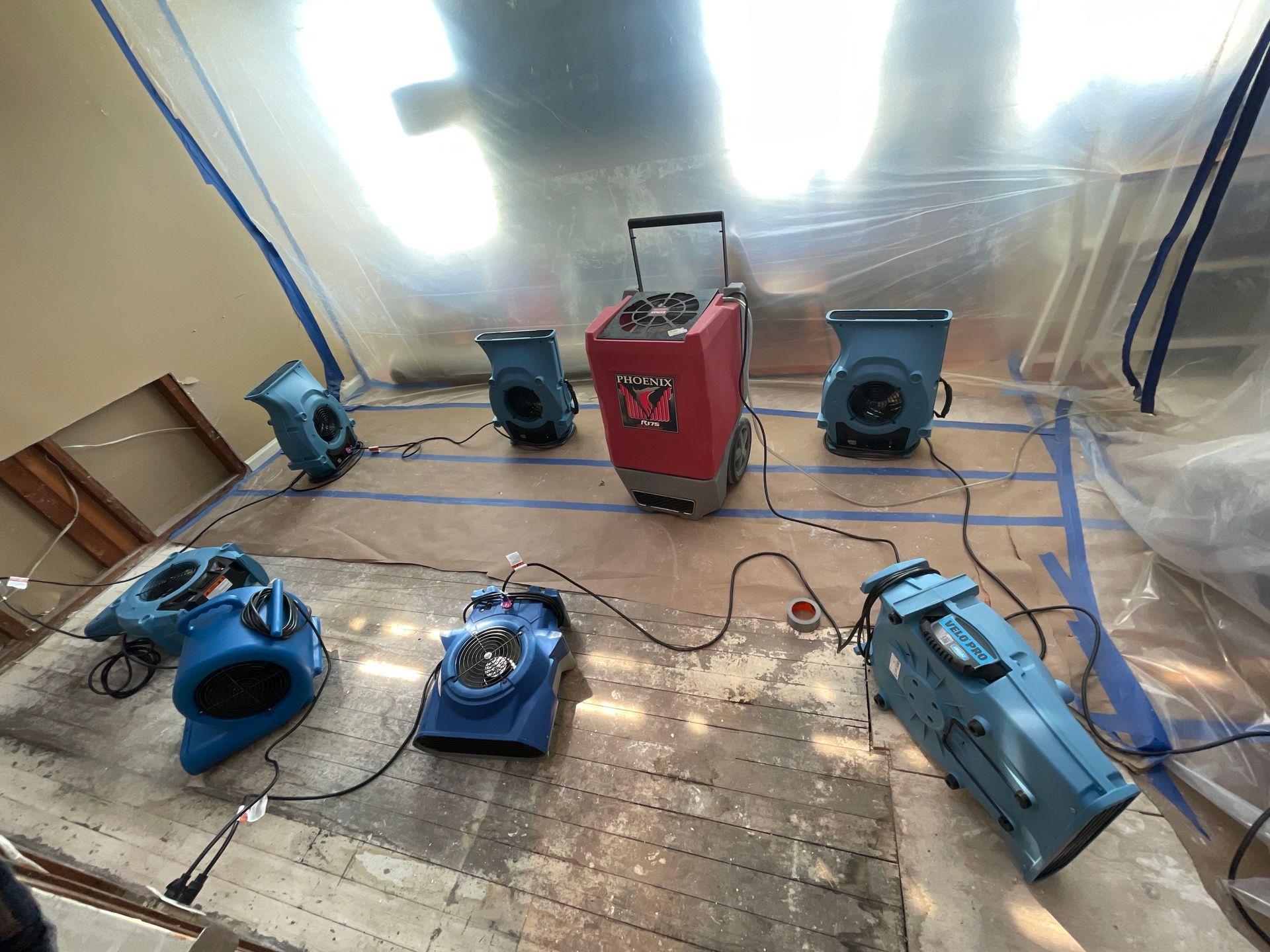
Quick Links
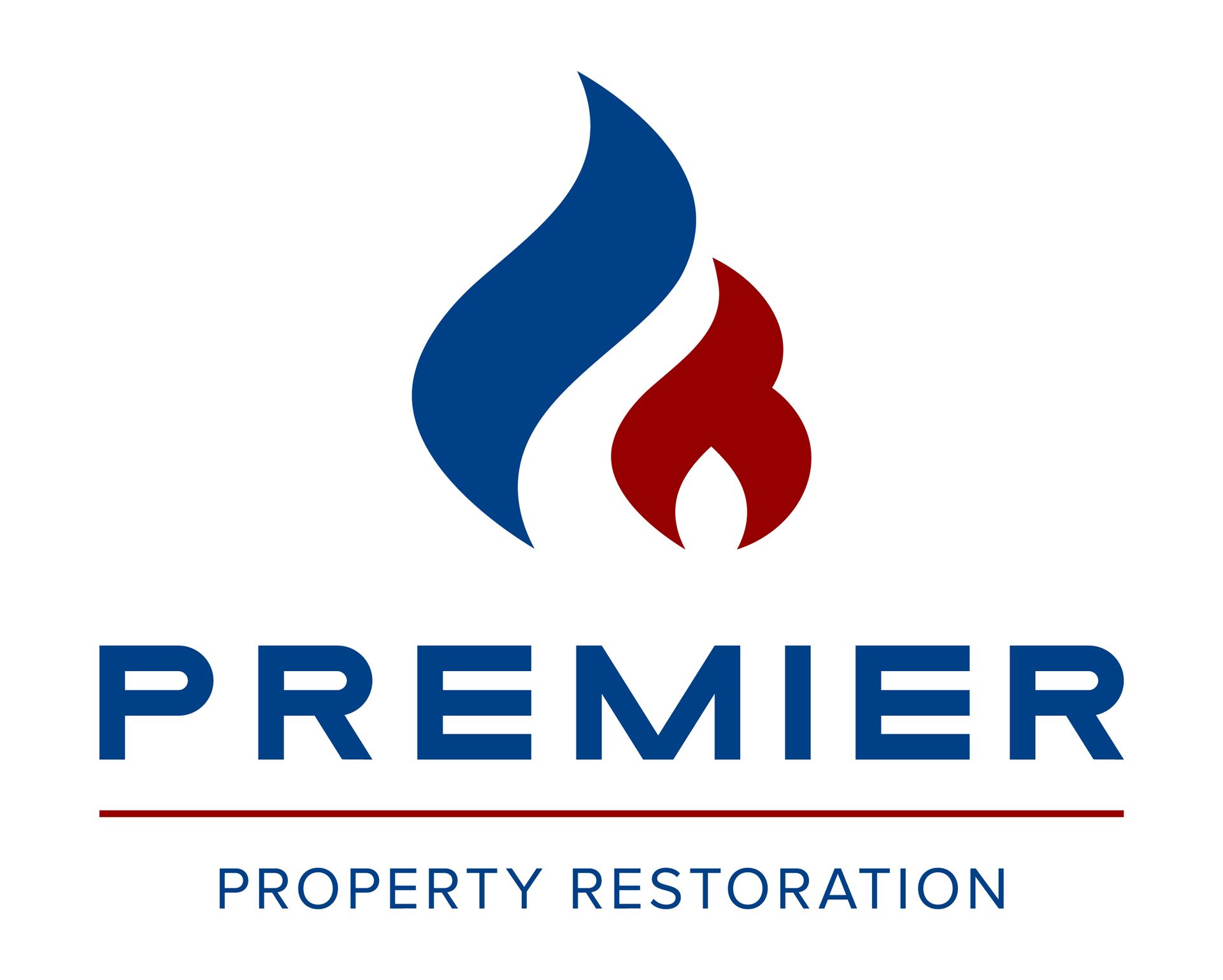
Premier Property Restoration is a trusted IICRC-certified contractor specializing in water, fire, and mold damage restoration in New Orleans and the surrounding areas. With a commitment to rapid response and high-quality service, we ensure your property is restored efficiently and effectively. Our expert team handles everything from emergency response and damage assessment to thorough cleanup, sanitation, and reconstruction. Accepting all insurance claims, we aim to make the restoration process as seamless as possible. Choose Premier Property Restoration for reliable, professional restoration services that prioritize your peace of mind and property safety.
Office Locations
Premier Property Restoration of New Orelans
4955 W Napoleon Ave #3102, Metairie, LA 70001
© 2023 • Premier Property Restoration • All Rights Reserved
